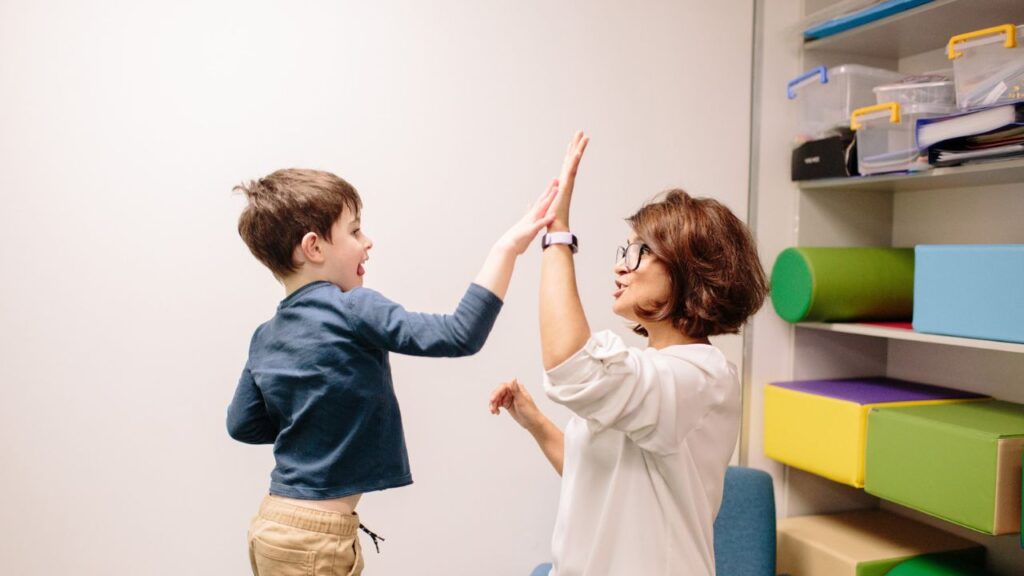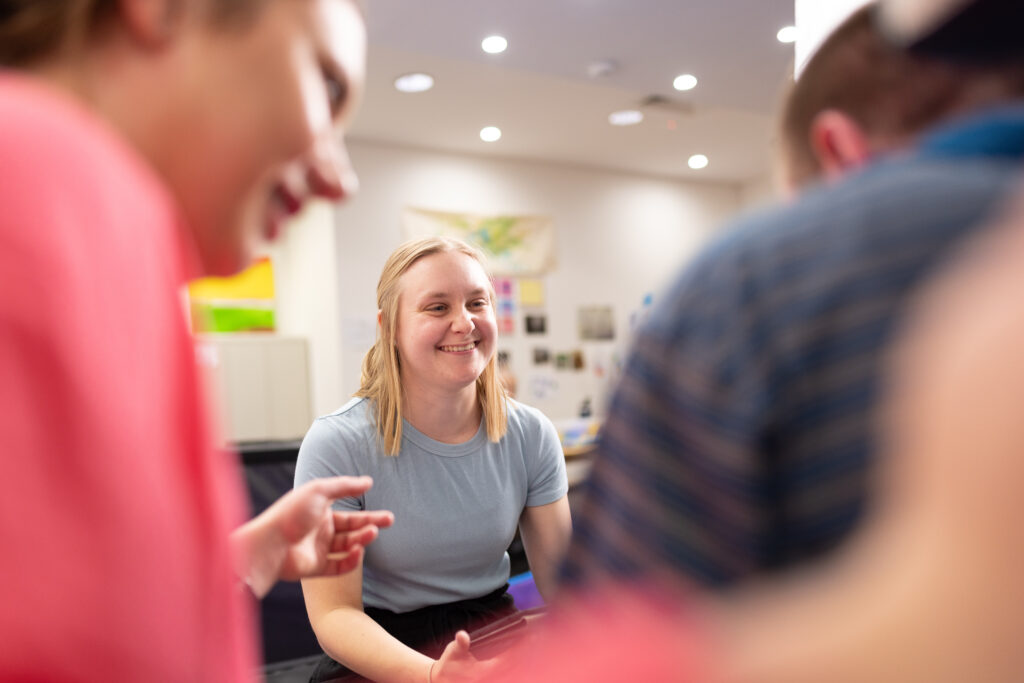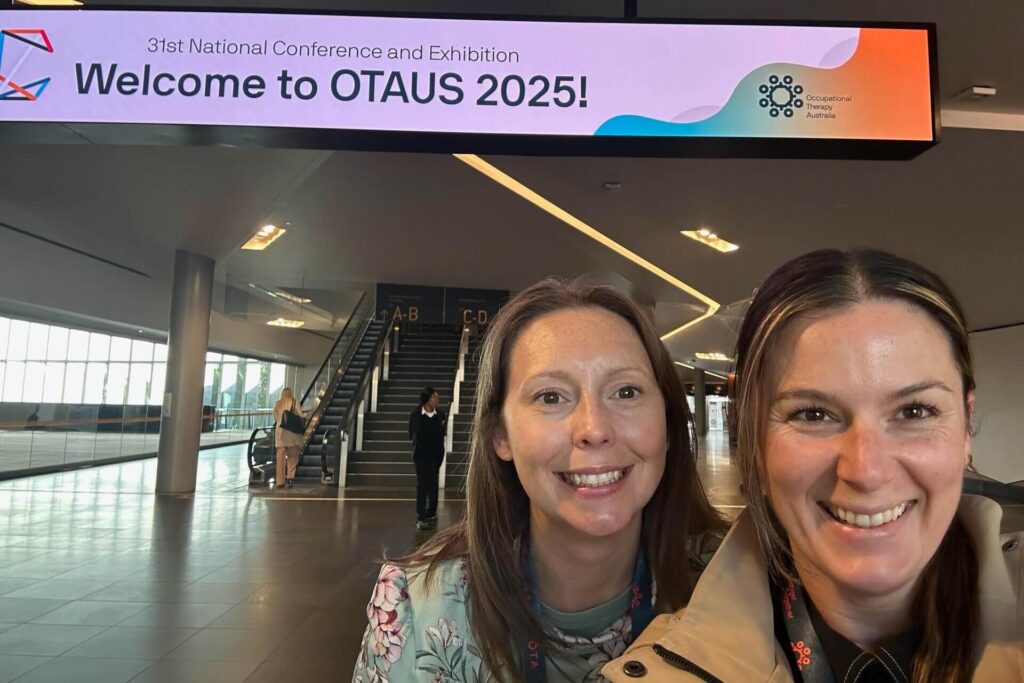How physiotherapy helps children with movement difficulty: understanding the role of physio in child development

Whether it be taking those first uncertain steps, jumping from the top of the playground, or learning to navigate the wider community with confidence, mobility is a fundamental part of child and adolescent development.
Mobility influences how children explore and interact with their world, and as they grow, mobility is the conduit to independence, physical access and participation in the things that are most important to them.
Self-care, leisure, education and occupation must all be underpinned by movement!
For children and young people facing mobility challenges—whether due to developmental delay, neurological conditions, or injury—physiotherapy plays a crucial role in improving movement quality, capability and enjoyment.
What is paediatric physiotherapy?
Paediatric physiotherapy focuses on assessment and evidence-based treatment of movement difficulty or physical impairment in infants, children, and adolescents:
- Support to facilitate the development of gross motor skills (like strength, balance, coordination, endurance and motor planning)
- Prescription of equipment that enables movement and posture (like a walker, wheelchair or specialised seating)
- Education for family and caregivers to maximise physical function and participation
- Specialised physical intervention to maintain musculoskeletal function (such as serial casting and lower limb splinting)
- Injury management that is bespoke to the growing body
How does paediatric physiotherapy support the development of movement?
Children with movement difficulty often struggle with fundamental physical activities such as walking, running, or sitting independently.
Children learn most efficiently through play, and paediatric physiotherapy uses play, child-led interest and physical activity as a medium for delivery of family-cantered support in the environment where it matters most: home, school, kindy, childcare, the clinic.
Furthermore, paediatric physiotherapy addresses specific movement difficulties in a range of ways:
1. Improving muscular strength, endurance and control
Weak muscles or poor coordination can impact a child’s ability to move freely and efficiently.
Physiotherapists use play and interest-based activities tailored to a child’s abilities, helping them build strength to support movement and prevent fatigue.
2. Enhancing balance and stability
Children with mobility difficulties may experience frequent falls or have difficulty maintaining postures necessary for play and function.
Physiotherapists can encourage activities to promote inherent development of these skills, or recommend equipment/environmental adaptation to maximise stability, safety and independence.
3. Promoting efficient motor planning
Coordination, planning and body awareness is imperative to enabling movement, which is comfortable, capable and efficient.
Physiotherapists use tailored activities (often within a child’s natural environment) to encourage children to explore how their body moves, and work collaboratively to support the most efficient means of moving for them.
4. Supporting neurological and musculoskeletal development
Children with neurological or musculoskeletal conditions often experience muscle tightness or difficulty executing voluntary movement.
Physiotherapists can use strategies such as stretching, positioning, casting and splinting to improve or maintain biomechanical function and musculoskeletal comfort.
5. Assessing and prescribing equipment
Sometimes children will require extra support to move or maintain functional postures.
Physiotherapists can recommend assistive technology (equipment) which maximise posture and movement.
This can range from simple strategies relating to the configuration of classroom furniture, to the prescription of more complex items such as walkers, standing frames, wheelchairs or specialised seating systems.

Common presentations that benefit from physiotherapy
Paediatric physiotherapy is beneficial for children with:
- Developmental delay
- Cerebral palsy (and other neurological conditions)
- Low muscle tone
- Toe walking
- Joint hypermobility
- Muscular dystrophy (and other neuromuscular disorders)
- Genetic presentations
- Amputation or limb deficiency
- Down syndrome
- Spinal cord injury
- Acquired brain injury
- Post-surgical rehabilitation needs
- Developmental coordination disorder
How parents can support their child’s physiotherapy journey
Parents and caregivers play an essential role in helping children to practice and develop movement skills.
Physiotherapists will seek to incorporate play-based and interest-led activities which are beneficial for targeting specific motor skill development, enjoyable for the child (and caregiver!) and easily incorporated into daily life.
Physiotherapists may also recommend family activities with added physical benefit (such as swimming, bike riding and playground access) or small environmental changes to maximise physical participation.
Conclusion
Whether it is delivered at home, in the pool, on the playground of in the clinic, physiotherapy is a transformative tool in childhood development, offering essential support for those who experience movement difficulty or developmental delay.
If you think your child could benefit from physiotherapy, reach out to a qualified paediatric physiotherapist for guidance!








